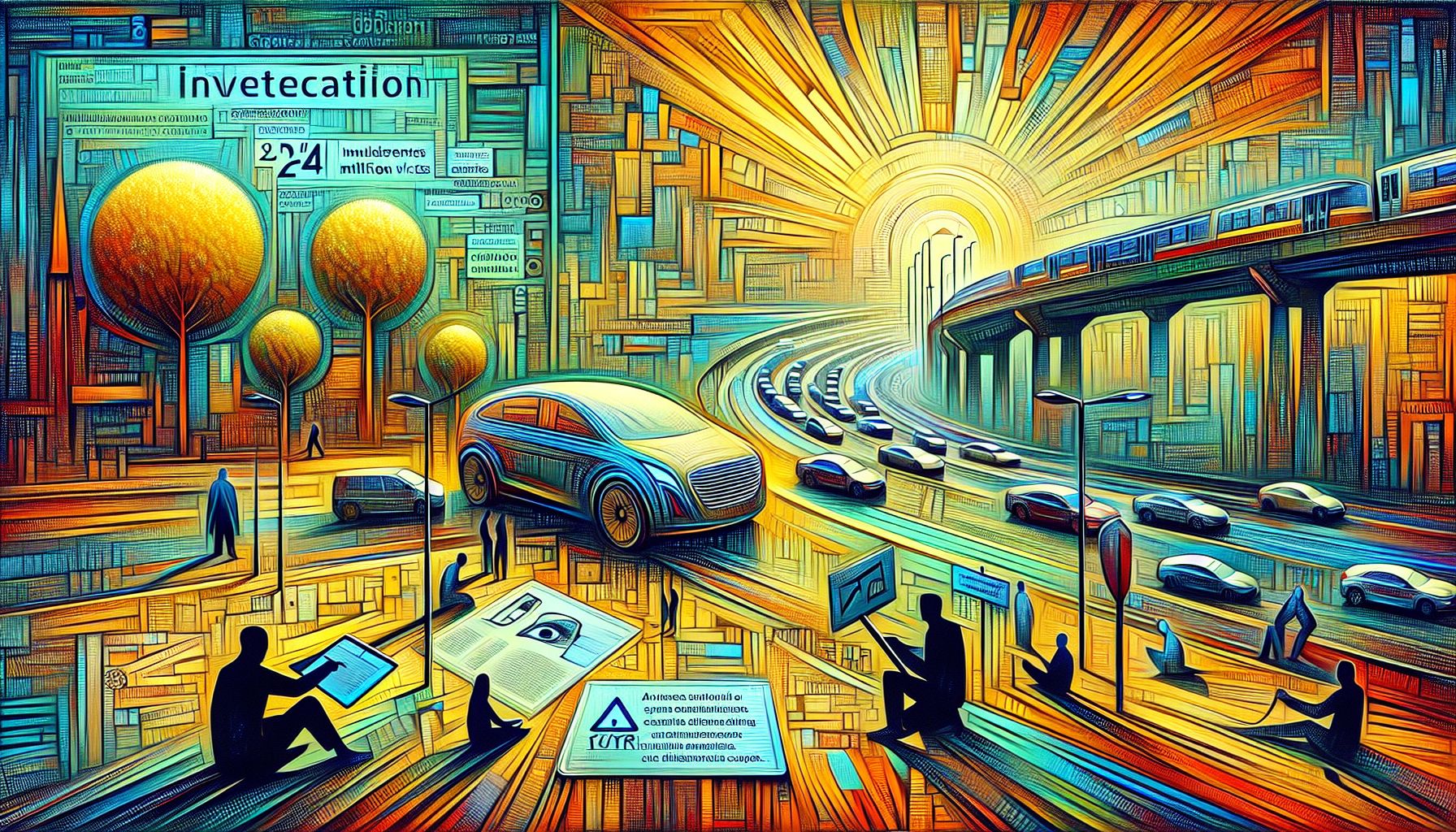Tesla's Full Self-Driving Under Federal Scrutiny After Fatal Crashes

Amsterdam, Friday, 18 October 2024.
The National Highway Traffic Safety Administration has launched an investigation into Tesla’s Full Self-Driving system following four crashes, including a fatal pedestrian accident. The probe covers 2.4 million vehicles and focuses on the system’s ability to handle low-visibility conditions. This comes amid Tesla’s ambitious claims about autonomous driving capabilities and ongoing regulatory challenges.
Background of the Investigation
The investigation spearheaded by the National Highway Traffic Safety Administration (NHTSA) is primarily focused on Tesla’s Full Self-Driving (FSD) software. This initiative arises after four significant crashes were reported between November 2023 and May 2024, with one resulting in a pedestrian fatality in Rimrock, Arizona[1]. These incidents predominantly occurred under conditions of reduced visibility, such as fog, dust storms, and sun glare, raising questions about the software’s proficiency in navigating such environments[2].
Technical Analysis of FSD
Tesla’s Full Self-Driving capability is an advanced driver-assistance system classified as Level 2 automation by SAE International. This system requires active driver supervision despite its name suggesting full autonomy[3]. The technology integrates features like semi-autonomous navigation, lane change assistance, and self-parking. However, its efficacy in adverse weather conditions has been called into question, prompting the NHTSA’s preliminary evaluation to determine whether the FSD system can appropriately detect and respond to decreased visibility[4].
Implications for Tesla and the Autonomous Vehicle Industry
Tesla, headquartered in Palo Alto, California, has been at the forefront of autonomous vehicle technology, often making bold claims about its capabilities. CEO Elon Musk has previously stated that fully autonomous vehicles would be operational by late 2023, though these timelines have frequently been pushed back[5]. The current investigation not only challenges Tesla’s assertions but also highlights broader concerns about the safety and reliability of autonomous driving technologies. The results could significantly impact regulatory frameworks and consumer confidence in self-driving cars, influencing the industry’s trajectory[6].
Tesla’s Response and Future Outlook
In response to scrutiny, Tesla has maintained that drivers must remain attentive and ready to take control when using the FSD feature[7]. Despite the current investigation and previous probes into its Autopilot system, Tesla continues to push forward with innovations like the ‘Cybercab,’ projected for unsupervised operation in California and Texas by 2025[8]. However, the legal and regulatory landscape remains challenging, with ongoing investigations by the Department of Justice and the California DMV regarding Tesla’s driver-assistance claims[9].

